Have you ever wondered how the 4500-year-old, civilized, cultural, and populated city turned into a burial ground? How is it possible in that time to have the most advanced urban planning, drainage system, and sewer system? And how many secrets are buried in this city? Let’s explore, discover, and find what happened in Mohenjo-Daro. Shall we?
Buddhist Stupa
Mohenjo-Daro citizens’ religion is also a mystery; no one knows what type of religion they believed in. The stupa was built 1600 years ago, after the decline of civilization. There were 52 square-shaped rooms around the Stupa. Legends claim that the scholars of the religion they follow were living in those circular rooms.
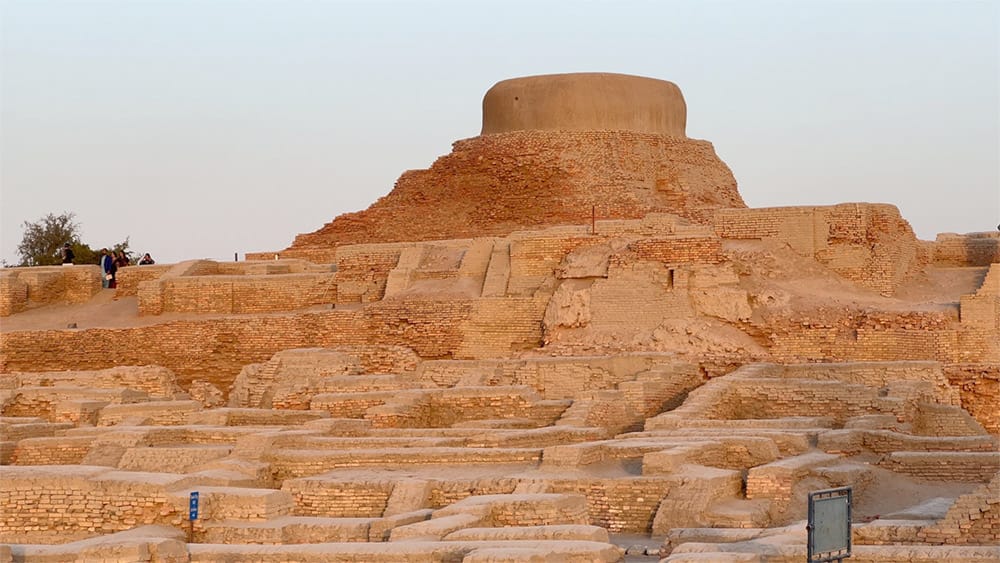
Their religion is unknown till now, but there are many theories and speculations, such as Sir John Marshal’s theory, which suggests that they might have followed the Proto-Hindu religion, based on the findings of the Pashopati seal, known as the proto form of Lord Shiva, and it becomes Hinduism. However, they are speculations that are not proven or do not have concrete evidence to follow the lead.
Structural Layout of the City
In Mohenjo-Daro, the areas of the city are divided into classes. The upper-class houses were built on the high ground, and they went down by levels for each class. This is a theory that is ruling family lives on the upper level, and that is not confirmed to be true.
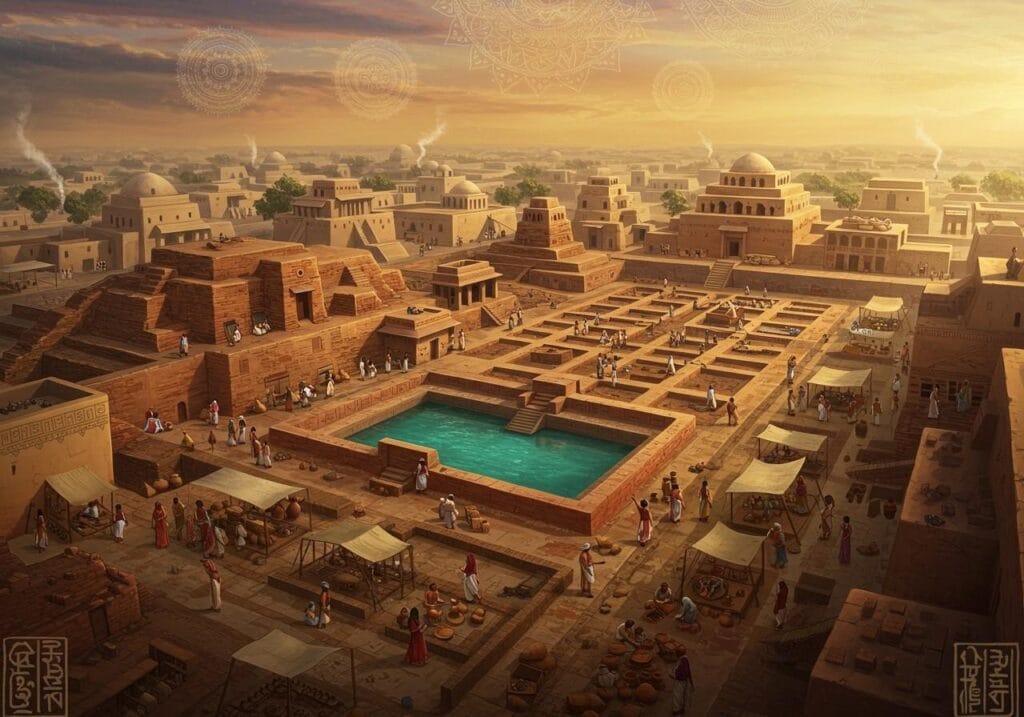
Despite the fact, the city is older than 4500 years, the structure of the city is built on a grid system and separated into two parts: the upper city and the lower city, as shown by its infrastructure. If you visit the city now, you won’t believe it. Archaeologists say they have a Residential area, multiple two-story houses, and a labour colony. The statue of a dancing girl was also found in that area. Most of you may argue on this, but there is proof that they have private wells, the Great Bath, and legends suggest that people of Mohenjo-Daro performed rituals in it. It is one of many theories and speculations.
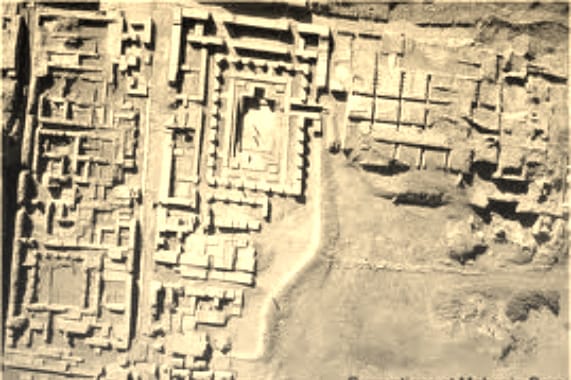
Amazingly, every house is connected to the drainage system that takes out the dirty water outside of the city. Unlike the open sewers, the drainage system was designed to take all the dirty water into an underground sewer. There were dustbins placed in front of each house to ensure cleaning and sanitation.
They have multiple warehouses to store different types of food, like grain. Archaeologists found some grains in the soil in there; you can’t even imagine this type of advanced urban planning.
Difference Between Medieval Europe and the Indus Valley Civilization
From the 5th century to the 15th century is called the Medieval Europe period. In that period of time, the Europeans lived in the most unhygienic conditions. Today, they don’t give a visa easily, and there was a time when they were in very bad conditions.
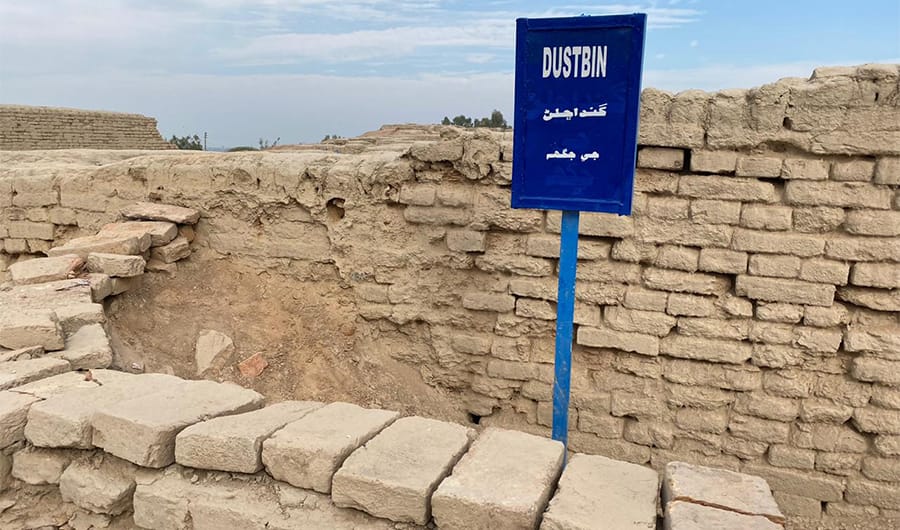
They throw their trash outside their houses on alleys and roads. Where the Indus Valley Civilization people lived happily in sanitation. They have dustbins with a proper waste system, an advanced drainage system covered with stones, and underground sewers. They also built bathrooms, toilets, and places that are examples of the modern world.
Things Found in Mohenjo-Daro Excavation
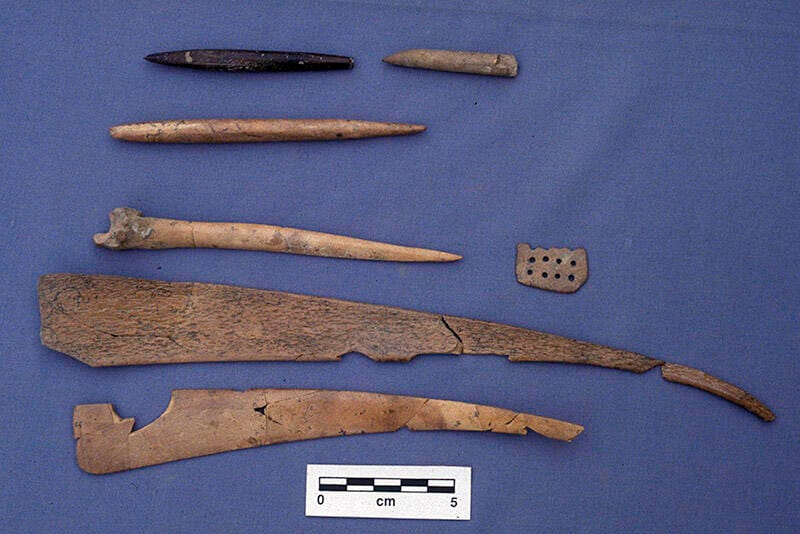
When the excavation was started in the town, they discovered different types of tools that can tell about their occupation. Bronze, copper, and stone made tools that were used for agriculture, crafting things, and making steel. However, based on the findings, the citizens were artists, blacksmiths, farmers, porters, and traders, but surprisingly, they were not warriors. The excavators didn’t find any type of weapon that could prove that they had any kind of army, nor a defending fort. At the same time frame, the ancient Egyptians, Mysopetema, Chinese Zia and Shen dynasties, all had weapons. Based on this, it shows the people of the Mohenjo-Daro were very peaceful and dont fight with others. During excavation, they found artifacts and statues that can point to, they wear unstitched clothes. They have robes that they wrap around their body to cover themselves.
The Priest King Statue
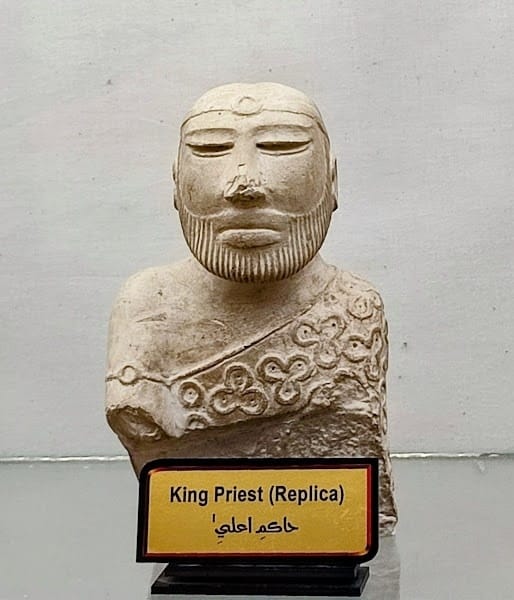
In the main entrance, they have placed the Priest King statue, which is a replica of the original statue. The original Priest King statue is in the National Museum of Karachi. However, the human eye can’t detect the difference between fake and real. Strangely, if you look at the statue closely, you can see the priest is wearing a cloth-like shawl, and the design is very similar to the Sindhi Ajrak pattern, but it is a thought that maybe the design was inspired by it.
The Dancing Girl Statue
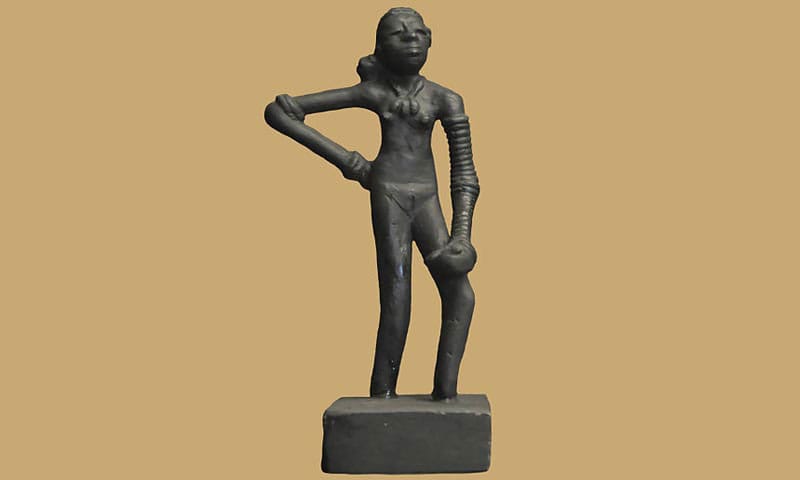
It is placed in the park of Mohenjo-Daro, and it is also a replica of the original statue, like the Priest King statue. The original statue is in the National Museum in New Delhi in India. As you can see in the picture, the woman is well dressed with bracelets and a necklace that proves the jewelry was very common to wear in that period.
Interestingly, the mysterious thing is that the language of Mohenjo-Daro has not been deciphered to date. 400 unique symbols discovered in the shape of seals and tablets, some of which have the drawing of bulls and unicorns. Because of the shortage of words, no books or written documents, they don’t have enough data to understand it. Maybe it is because of the bilingual language, which means it does not have any similarity to connect with other languages. Such as Sindhi is similar to Siraiki is similar to the Punjabi language.
How did Mohenjo-Daro become the Mound of the Dead?
There are many theories and speculations that are not proven, and it is a mystery how it really turned out in the cemetery.
One of many theories is that the Indus River, also known as the Sindhi River, shifted its course to a different direction. The Indus Valley civilization mainly depended on the water for farming, and after that, they had no way to get water. And eventually, people started dying because of a shortage of water and food supplies.
There is another theory that the sudden flood came and took the city in its flow, and archaeologists have found silt on the walls. Whereas the third theory says that the Irons invaded the city and killed the citizens, and because of a lack of weapons, they didn’t have any chance to defend against them. Where a few legends say maybe there was an epidemic like COVID that caused the death of the people of Mohenjo-Daro.
There are hundreds of theories of Mohenjo-Daro, but the important thing is that the Mohenjo-Daro is still in a danger and may this historical place will be removed from existence. The reason behind this is the soil salinity, which means the mixture of chemicals in the soil, like sodium, magnesium, calcium, and chloride, developing beneath it can affect the health of the soil in that area, and it is happening with this site. The people theirs use water to irrigate their lands for farming, and sometimes it is raising the city’s groundwater that is destroying the walls slowly.
Conclusion
We deeply discussed the major facts and unproven theories about Mohenjo-Daro, the urban planning, culture, religion, traditions, and their way of living. Findings in excavations helped archaeologists to prove some of the many theories over the years. Understanding their jobs, interest in art, strategies to store the supplies, and much more. Despite its destroyed structure, there is no doubt that Mohenjo-Daro is a living example of advanced urban planning that was thousands of years before in the Indus Valley Civilization.
The article wouldn’t be possible me to write If I didn’t watch this video of Raza Samo. You can read our Sindhi-written article on Mohenjo-Daro. Please comment, as it helps in writing, and you’ll enjoy reading in my next article. Thank you!










